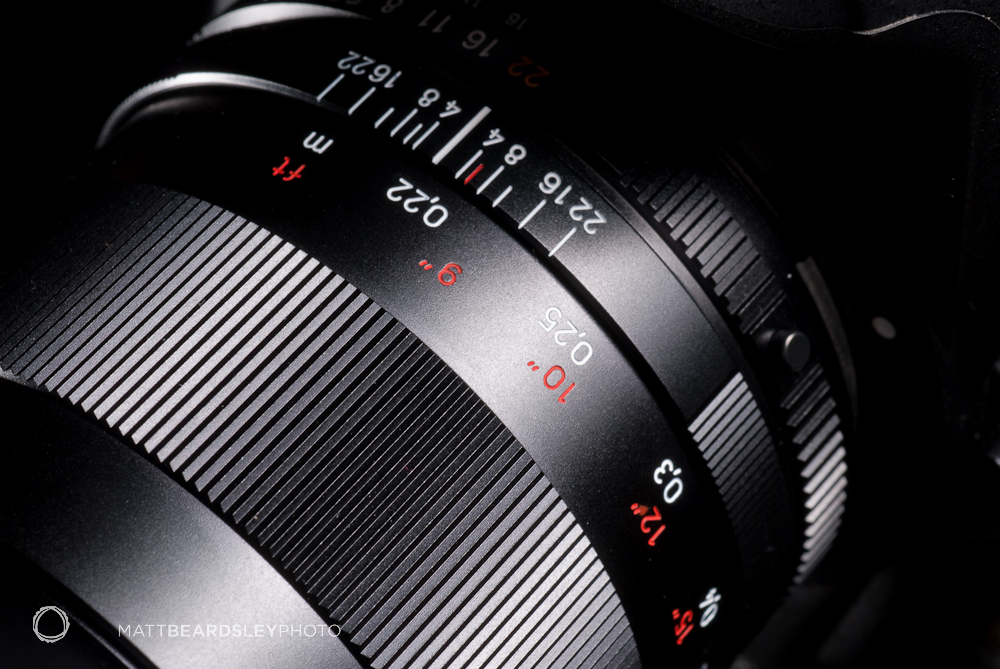Last Updated on 07/30/2011 by Chris Gampat
These days, camera lenses are available in every shape and size and to fit every budget. From the most basic kit zooms to exotic professional primes, it takes a little practice and technique to get the best results possible. Whatever lens you may be slinging along to your next shoot, here are four quick tips to maximize image quality.
Get exact focus, right where you want it
It doesn’t matter how sharp an image a lens can deliver if the shot is out of focus. Exact focus is a critical prerequisite to maximizing your lens’s output. If your camera has a setting that allows you—and not the camera—to select a focus point, use it. Place the point exactly on the spot you’d like sharp and carefully recompose without changing the distance between you and your subject. In a portrait, the focus is traditionally on the subject’s eye closest to camera. With larger sensors and larger maximum apertures (smaller “f” numbers) focus becomes both a stronger creative tool and a more daunting technical challenge.
Avoid shooting “wide open”
All camera lenses behave differently with changes in aperture. In addition to the noticeable change in depth of focus (a very small area sharp at f/2, for example and a large area at f/16) nearly all lenses tend to change in other ways. Vignetting, distortion, and softness will vary with adjustments to both zoom and aperture and every lens has a “sweet spot”. To get the best performance from your glass, back off from your widest aperture and extreme zoom range. Take a close look at a few test images and compare the effects of different settings, you might be surprised!
To maximize the shallow depth of focus—and blurry background—effect of your lens, frame each shot to isolate your subject against a more distant backdrop. Move around, and get closer to your subject to find the best shot with the most appealing background.
Keep your glass and camera sensor clean
Dust specks and haze can add unwanted filtering to your photography. An occasional cleaning, with kits like this one, can make sure you’re getting maximum punch from your pixels.
Light it up
Great photographs need great light and a lens can only capture what you put in front of it. Keep an eye out for places and times when light interacts with your chosen subject in a cool way. Flashes and studio lights can be a valuable help here, though interesting illumination can be found almost anywhere with a little practice and creativity. Explore and experiment with available light and wait for just the right moment.
Perhaps more than any other form of art, photography depends on our observation and interaction with the surrounding world. Whatever tool you may have to record what you find, get out and explore!
In these photos, the awesome Zeiss Distagon T* 21mm f/2.8 ZF.2 is available for Nikon, Canon, and Pentax cameras.
Please Support The Phoblographer
We love to bring you guys the latest and greatest news and gear related stuff. However, we can’t keep doing that unless we have your continued support. If you would like to purchase any of the items mentioned, please do so by clicking our links first and then purchasing the items as we then get a small portion of the sale to help run the website.


